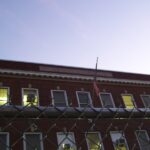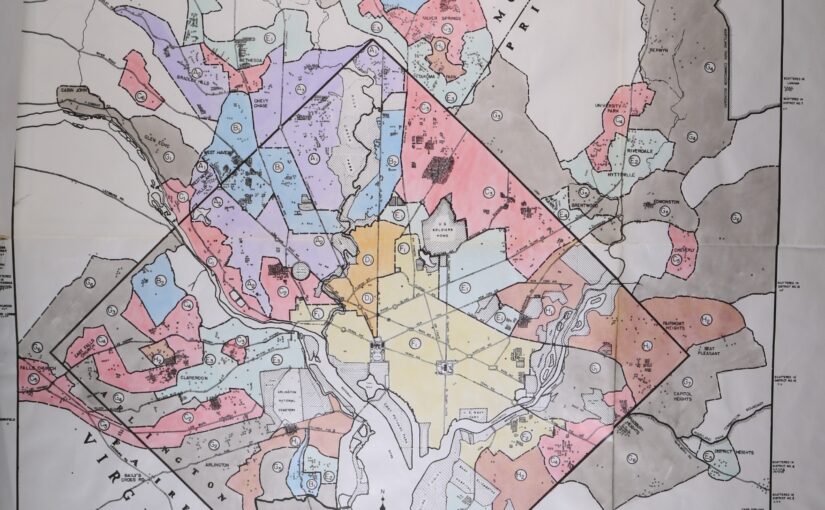
In this series of looking at the odd numbered side of the 1700 block of New Jersey Ave NW from 1920 to 1930, I decided to look at the other end of the block. The change from 1920 to 1930 for most of the block was from white renters to black home owners. My post The sell off of the 1700 block of New Jersey Ave NW pretty much explains the why.

The Renters
The couple renting 1729 NJ Ave NW was fairly old. The head, George P. Blair was 66 years old in 1920 and his wife, Annie (nee West) was 62. They lived with their two very adult sons and two adult daughters. George was born in Jessups Cut, MD in 1853 to Scottish or Irish parents. In 1910 the family lived at 631 T St NW when George Peter was a barber.
In 1920 George Sr. worked as a watchman for a dry goods store. His 37 year old son George P. Jr. was a clerk for a field service and 36 year old James Clinton Blair was a clerk at a furniture store. Thirty-three year old daughter Fannie May Blair was a sales woman at J M Gidding and Co. The youngest, Bernice, 23, did not have a job.
George Sr. died in 1927. He was survived by his wife and two surviving children, James and Bernice. James had moved to Cleveland, OH. Annie and Bernice, who worked as a cashier, lived on Girard St NW. Annie Blair eventually died, December 30, 1938 at 1114 Monroe Street NW at the age of 80.
The Owners
1729 NJ Ave NW (Sq. 507, lot 24) sold from M. Harvey Chiswell to Ida M. Smith then to Arthur B. Wall around February 1921. That same month Smith sold it to Arthur B. Wall, according to the Washington Herald.
However the earliest document found for lot 24 is from 1928 and the owner was Anna Grayson. There was a 1928 release for a February 12, 1921 loan Grayson had with Chiswell and Kite. In 1928 it appears she borrowed $3,400 from trustees Stuart V. Davis and Edward McDermott. She had other loans, but it was this one that was the instrument that allowed for the 1931 foreclosure and the transfer of ownership to Leo and Mavina Kahn.
The residents at 1729 NJ Av NW, according to the 1930 census, contained the African American Grayson family. George W. Grayson, was the 62 year old head, Anna (nee Lee) was his 59 year wife. They lived there with their widowed son, 36 year old George Jr. and 28 year old daughter Mrs. Evelyn Chantrelle.
Prior to NJ Ave, the Grayson family lived at 1469 Church St NW as renters in 1920. They lived with their daughters and son-in-law. George Sr. was a laborer for a motor company. Anna was a housekeeper for a boarding house. Daughter Juanita was a waitress at a restaurant and husband Clifton W. Kelly was a paper cutter.
George Sr. died January 29, 1931 and it appears this was the thing to have the family fall apart. Remember this was the same year the Graysons lost the home to foreclosure. Anne died December 10, 1941. I looked for her in the 1940 census, but I can’t find her.




















